The snake plant (Sansevieria), also known as mother-in-law’s tongue, is one of the most resilient houseplants on the planet. Native to dry and arid regions of West Africa, it’s no surprise that this plant is popular in hot climates like the UAE, Saudi Arabia, and other Gulf countries. But despite its hardy nature, even the snake plant can suffer from sunburn when exposed to the harsh desert sun.
In this article, we’ll explore how to recognize snake plant sunburn, why it happens, and how to protect your plant in scorching environments like Dubai, Abu Dhabi, or Riyadh. We’ll also share preventive tips for indoor and outdoor setups so your snake plant thrives in any UAE home or balcony.
Also Read- Snake Plant In Direct Sun Vs. Indirect Light In UAE Conditions
Can Snake Plants Really Get Sunburned?
Yes — although snake plants are known for tolerating bright light and periods of neglect, prolonged exposure to intense direct sunlight can lead to sunburned leaves.
Desert climates like those in the UAE feature:
- UV index levels above 10 during summer
- Temperatures exceeding 45°C
- Strong afternoon sunlight that penetrates glass windows and heats up balconies
This combination makes even the toughest plants vulnerable. Snake plants are adapted to indirect or filtered light, not continuous blazing sun. When placed outdoors without protection or near a south-facing window with no curtain, their leaves can easily get scorched.
Signs of Sunburn in Snake Plants
Here’s how to tell if your snake plant is suffering from sun damage:
Common Symptoms:
- Brown, dry, or crispy patches on the leaves
- White or bleached spots (indicative of UV damage)
- Wrinkled or dehydrated leaves, especially in newer growth
- Yellowing tips that eventually turn brown
- Curling leaves, a sign of heat stress
Sunburn usually starts on the side of the plant facing the light source. If only part of the plant is damaged, it’s a good indication the sunlight is too intense from one direction.
Why Snake Plants Burn in Desert Climates
Let’s explore why this happens, especially in UAE conditions:
-
High UV Radiation
Snake plants may tolerate some direct sun in moderate climates, but UAE’s UV levels are intense enough to break down plant tissues, particularly during summer. -
Heat Retention in Pots
Dark-colored plastic or ceramic pots retain heat, causing root zone overheating. This amplifies stress and makes the plant more prone to burn. -
Reflective Surfaces
Glass, white tiles, and sand reflect UV rays and double the exposure your plant receives, even if it’s not in direct sunlight. -
Sudden Sun Exposure
Snake plants raised indoors or in shaded areas and then moved abruptly into full sun will burn quickly due to lack of acclimatization.
Also Read- Peace Lily vs Snake Plant: Which Is Better for Home Detox Remedies?
How to Protect Your Snake Plant from Sunburn
To keep your snake plant safe in desert heat, you don’t need to keep it hidden in the dark. Just take these precautions:
1. Limit Direct Sun Exposure
Keep your snake plant in bright, indirect light. Ideal locations include:
- Near east- or north-facing windows
- Behind sheer curtains
- Under pergolas or shade cloth if outdoors
Avoid direct sun between 11 AM and 4 PM in cities like Dubai, Sharjah, or Al Ain.
2. Use Shade Netting Outdoors
For balcony or terrace gardens, install a 30–50% shade cloth to filter the light. It reduces UV penetration and provides cooling, creating a microclimate for your plant.
3. Choose the Right Pot
Use light-colored, breathable pots like terracotta. These don’t absorb as much heat and keep the roots cool.
Avoid black or dark pots, which become heat traps under the desert sun.
4. Mulch the Soil
A layer of pebbles or organic mulch helps retain moisture and protect roots from extreme temperatures.
5. Water Smartly
Although snake plants are drought-tolerant, they do need some moisture to stay resilient. In extreme heat:
- Water thoroughly when soil is completely dry
- Avoid shallow watering, which leads to weak roots
- Water in the early morning or evening, not during peak heat
6. Rotate the Plant
If your plant is in a spot with one-sided sun, rotate it weekly to ensure even exposure and reduce the chance of localized sunburn.
7. Acclimate Slowly
If moving your snake plant from indoors to outdoors, increase its sun exposure gradually. Start with 1–2 hours of morning sun and increase over two weeks.
Also Read- How to Revive a Dying Snake Plant: Home Remedies That Work
Can Sunburned Snake Plant Leaves Heal?
Unfortunately, sunburn damage is permanent. The scorched areas won’t turn green again. However, it’s still possible to save the plant:
- Trim off severely burnt leaves using sterilized scissors
- Leave mildly affected leaves if they are still photosynthesizing
- Provide optimal conditions going forward to encourage new growth
Snake plants can recover beautifully if the damage is caught early.
Indoor vs. Outdoor Snake Plant Placement in the UAE
Indoors:
- Keep away from unshaded south-facing windows
- Ideal near filtered sunlight sources
- Avoid placing next to air conditioners, which dry the plant
Outdoors:
- Place in shaded balconies
- Protect from reflected heat from walls or tiles
- Water more frequently than indoor plants, but avoid soggy soil
Final Thoughts
While snake plants are tough survivors, even they need protection in the UAE’s desert sun. If your snake plant shows signs of sunburn, act quickly to prevent further damage. Move it to a shaded area, adjust watering practices, and keep it in a pot that supports healthy root conditions.
By understanding the unique climate conditions of the UAE, you can enjoy the beauty and benefits of snake plants—without the crispy leaves.
Bonus Tip
Snake plants are also excellent air purifiers, removing toxins like formaldehyde and benzene from indoor air. So don’t give up on yours if it’s sunburned—a little TLC goes a long way, even in the desert.



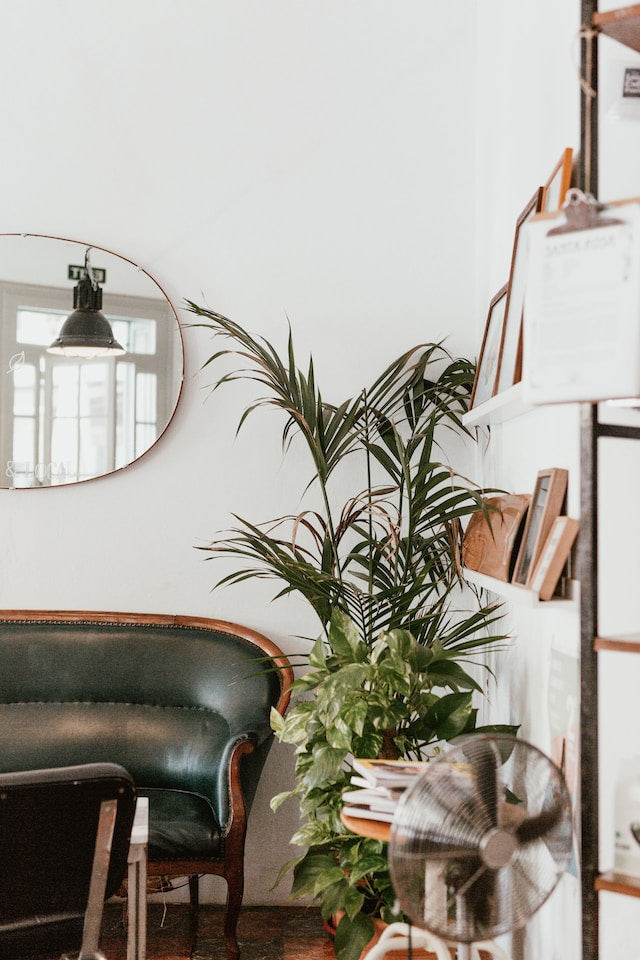
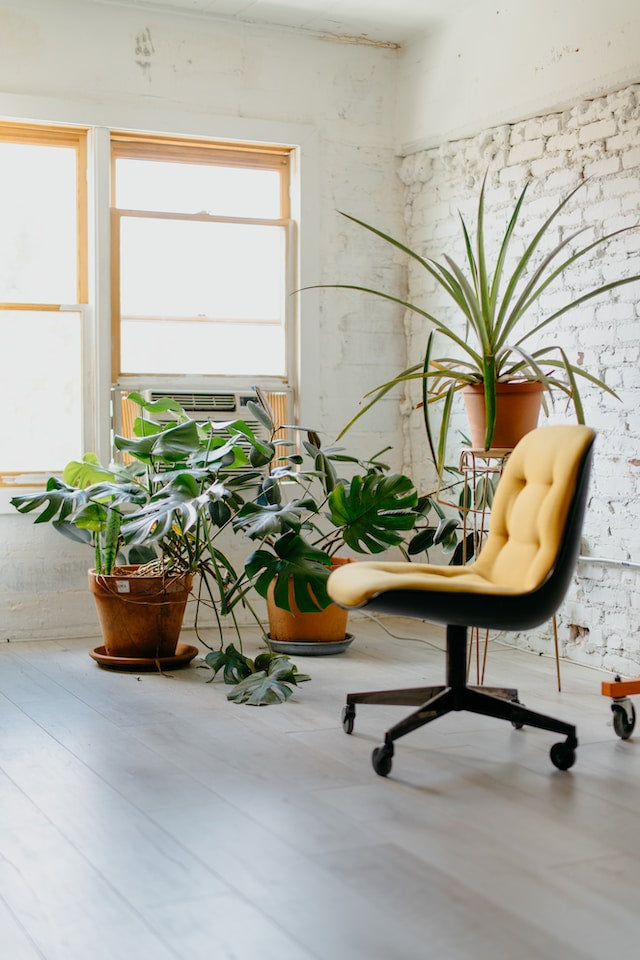
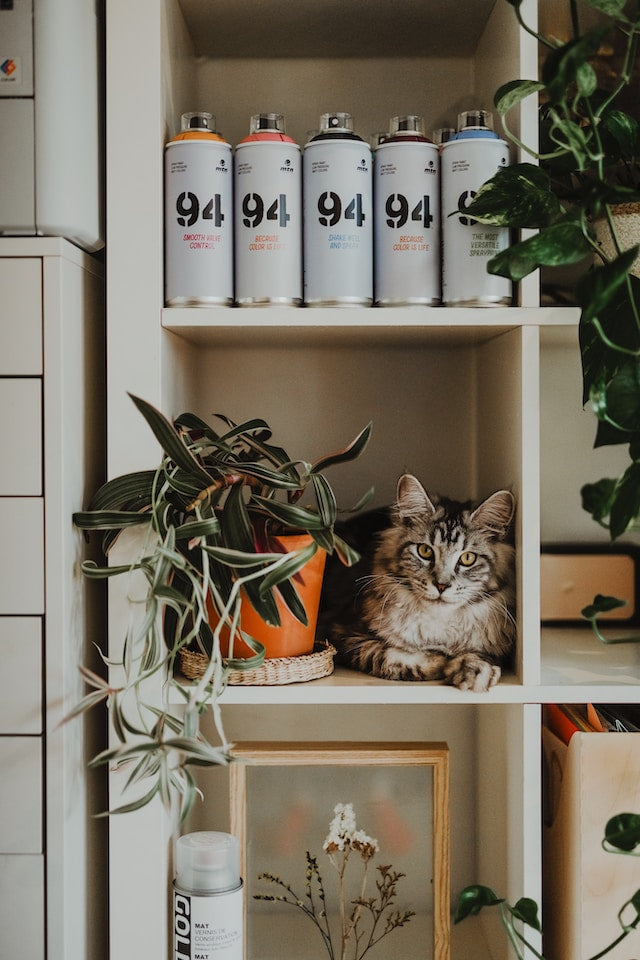
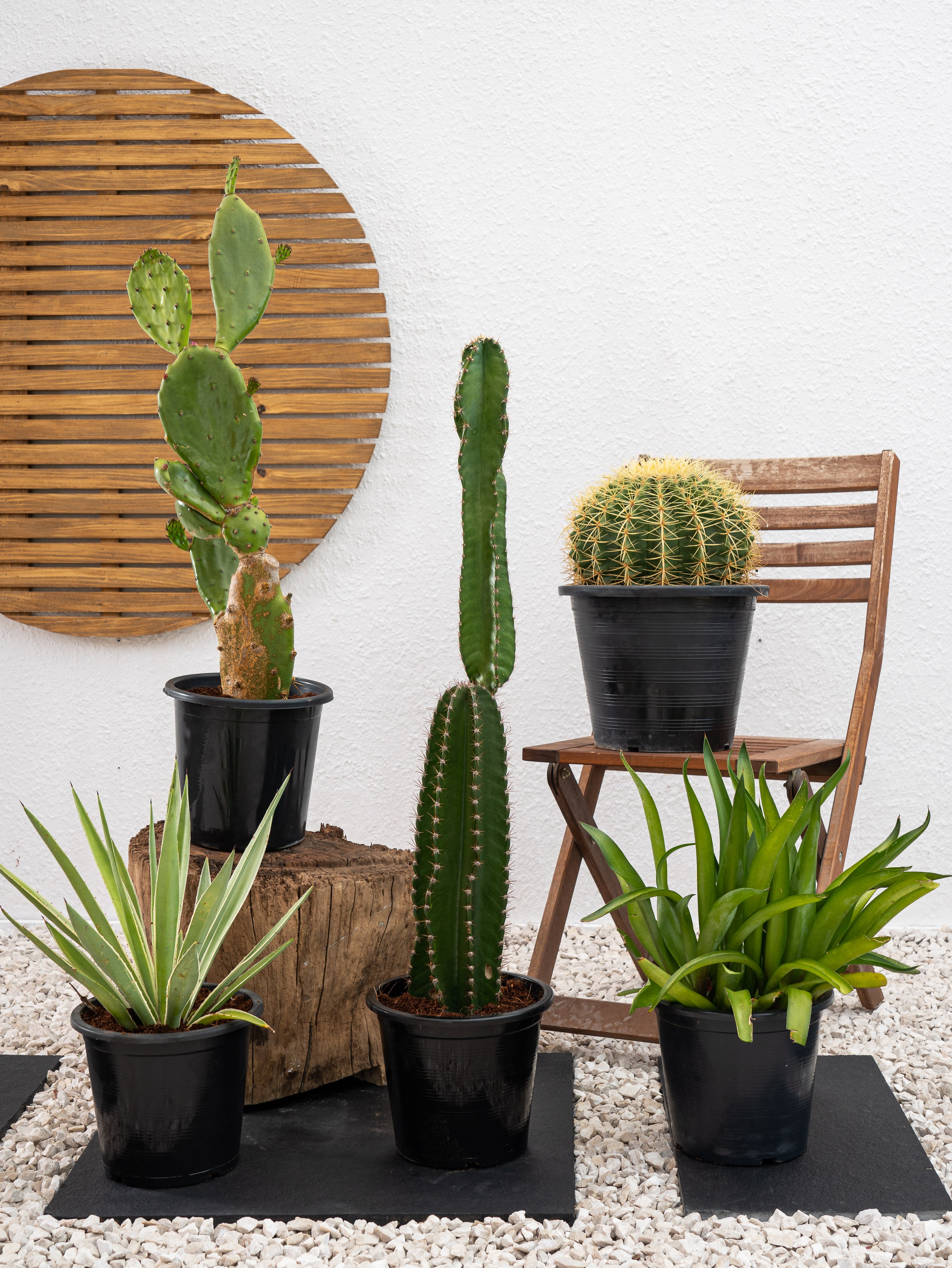

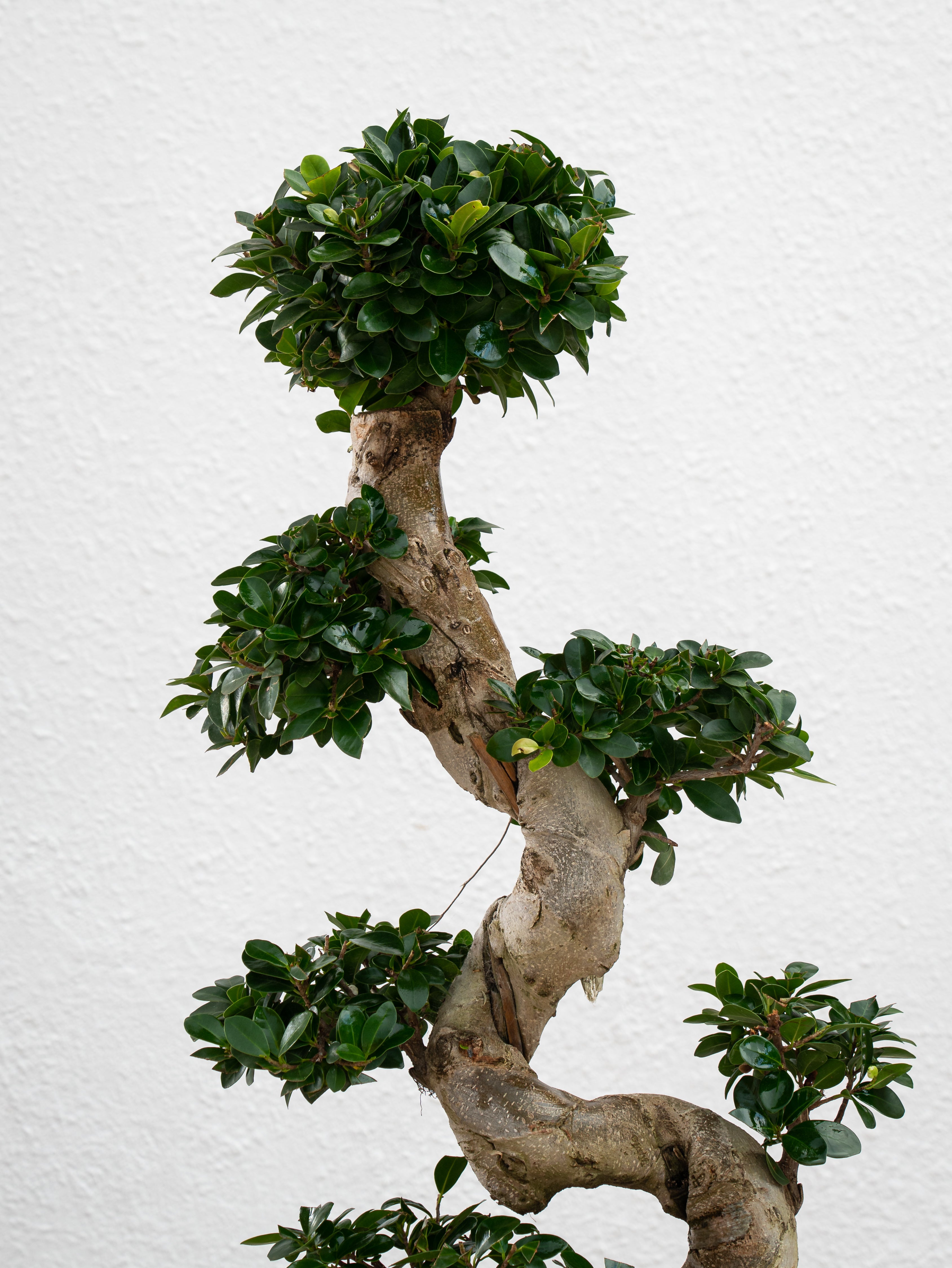
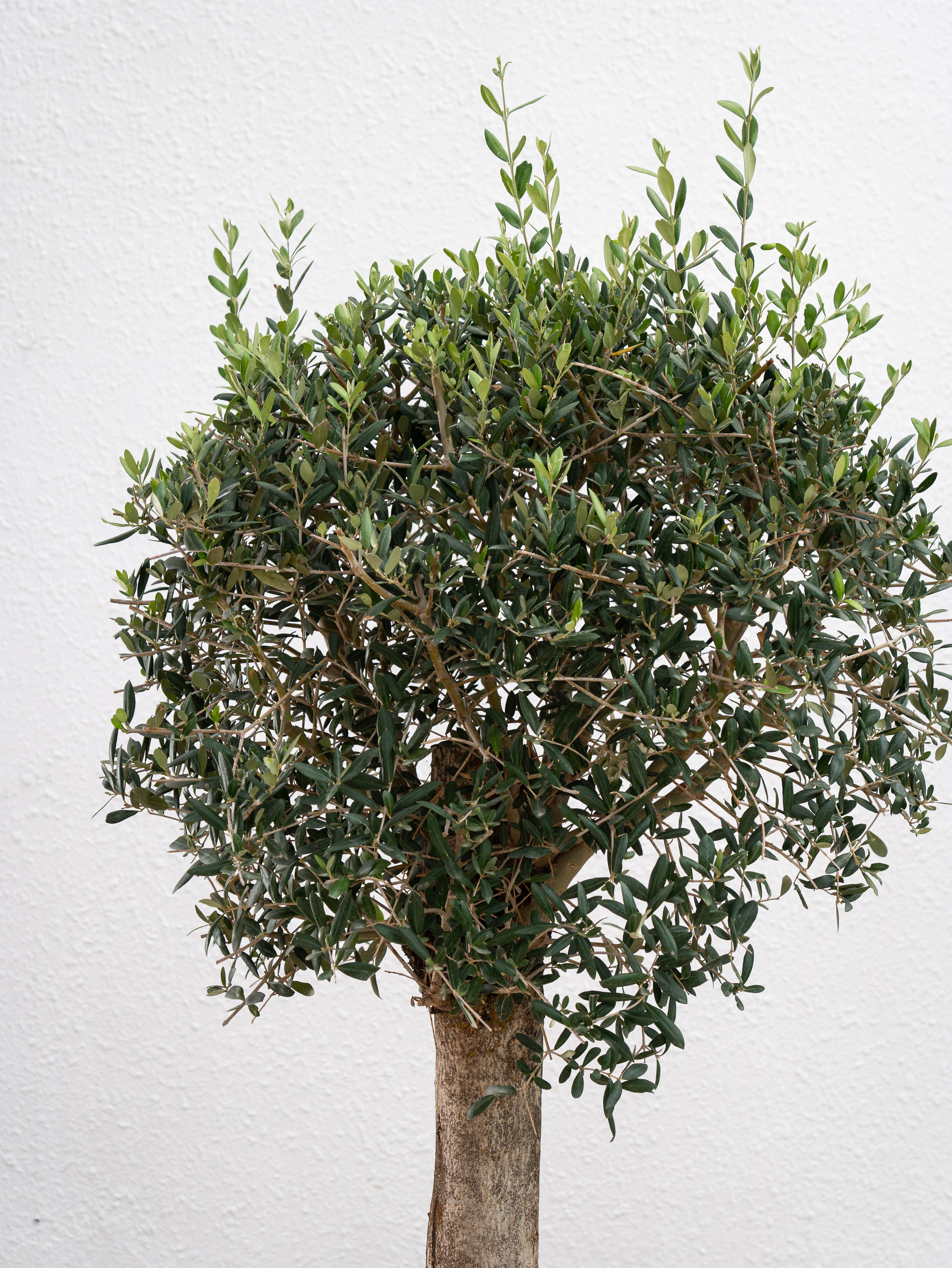
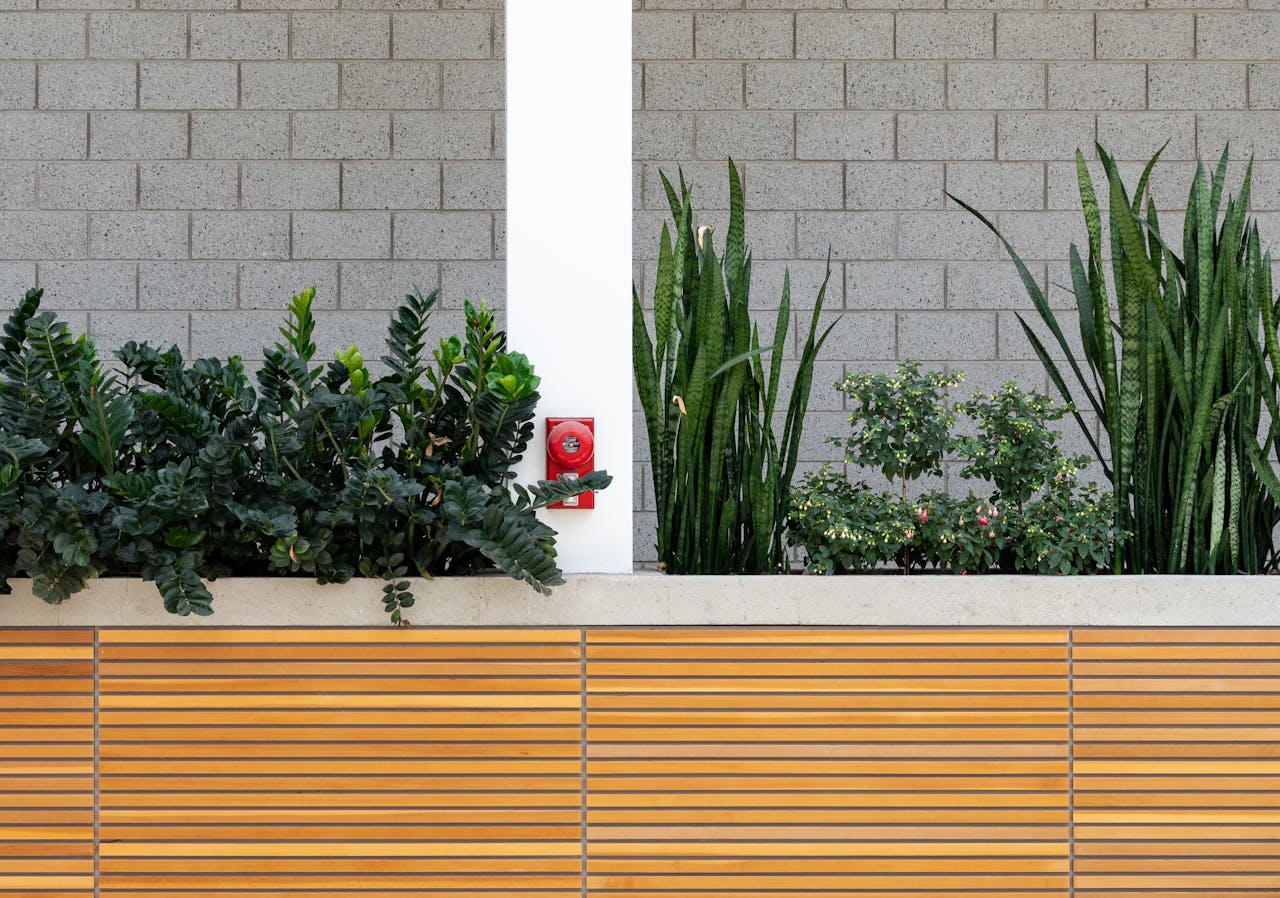

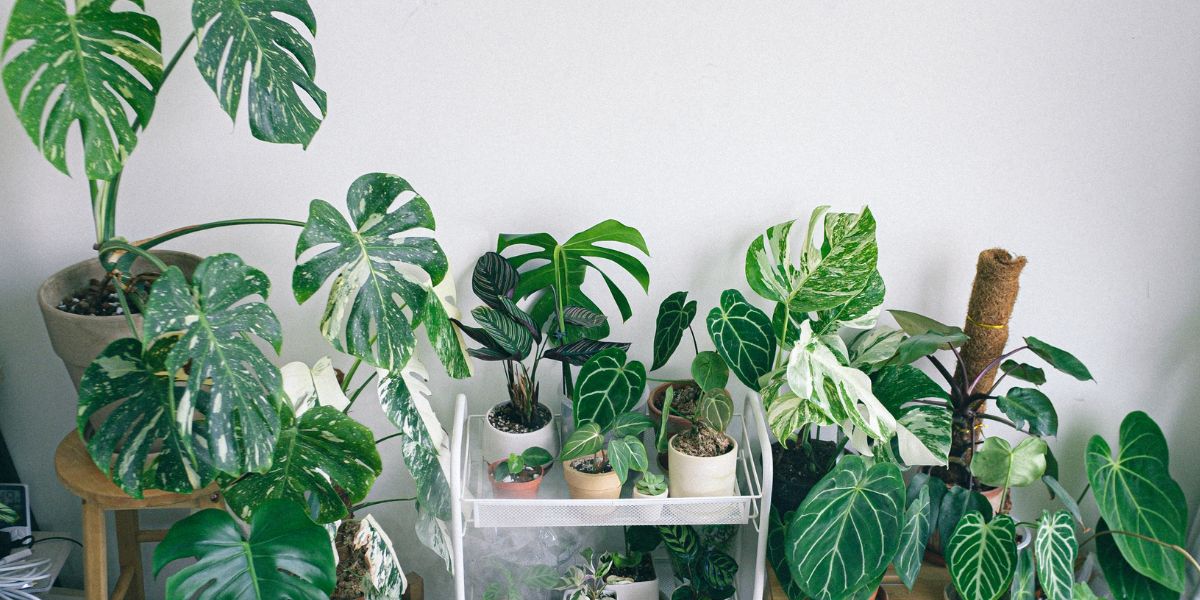
Leave a comment
This site is protected by hCaptcha and the hCaptcha Privacy Policy and Terms of Service apply.